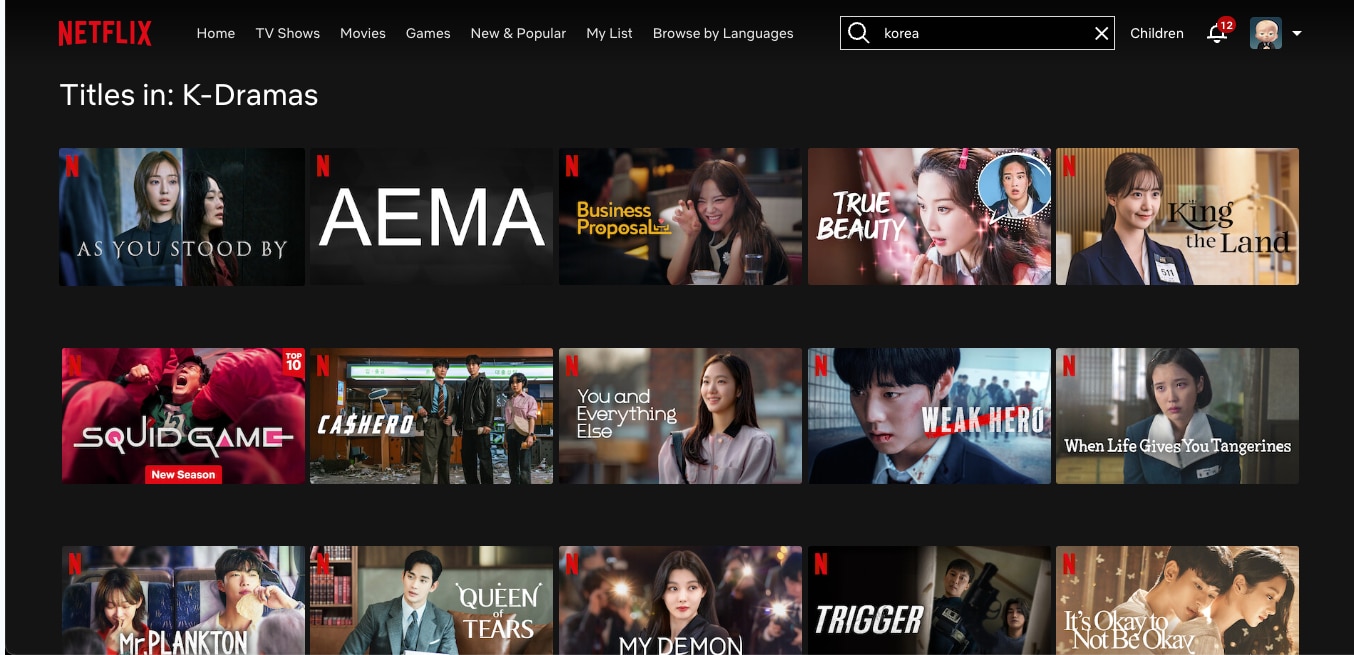Netflix and Viu: Which Platform Offers the Superior K-Drama Experience?

Korean dramas, popularly known as K-dramas, have rapidly evolved from a regional phenomenon to a global entertainment staple. As the appetite for emotionally rich storytelling, elaborate cinematography, and compelling character arcs grows, streaming platforms are competing fiercely to capture the K-drama audience. Among the most frequently compared are Netflix and Viu. This Netflix vs Viu comparison for K-drama streaming explores the strengths and limitations of each platform, aiming to provide insight for discerning viewers.
Exploring the Allure of K-Drama
The breadth and exclusivity of a platform’s content library often define its appeal. Netflix has made aggressive moves to secure original Korean content, partnering directly with top-tier South Korean studios. Titles such as Crash Landing on You, Kingdom, and The Glory have cemented its reputation as a powerhouse for premium, high-production dramas.
Viu, on the other hand, capitalizes on its established relationships with leading broadcasters like KBS, SBS, and tvN. While it may not boast as many originals, its catalog features a comprehensive range of ongoing and recently aired titles. This includes popular weekday dramas and variety shows, which are often unavailable on other platforms.
What sets Viu apart is its prompt access to new episodes, sometimes within hours of the original broadcast. For fans eager to stay updated with the latest storyline developments, this near-simultaneous availability is invaluable.
User Interface and Accessibility
A seamless user experience can elevate the joy of streaming. Netflix presents a sophisticated, minimalist interface that is consistent across devices. Its algorithm is finely tuned, often offering precise recommendations based on nuanced viewing habits. Navigation is intuitive, allowing users to browse by genre, language, or popularity with ease.
Viu’s interface is more utilitarian. While functional, it lacks the polish seen on Netflix. Nevertheless, it performs adequately for its purpose. One notable advantage is its categorization of episodes, cast information, and bonus content—an appealing feature for fans who appreciate detailed contextual information.
Accessibility also varies. Netflix’s global infrastructure ensures smooth playback even on lower bandwidth connections, whereas Viu may require a more stable internet connection for uninterrupted viewing. However, Viu allows selective free access with ads, making it more approachable for users hesitant to commit financially.
Subtitles and Language Support
Subtitles are critical for non-Korean speakers. Netflix offers high-quality, well-synchronized subtitles in a multitude of languages, often with professional localization rather than literal translation. This enhances immersion and comprehension.
Viu also provides multilanguage subtitles, particularly in Southeast Asian languages such as Indonesian, Thai, and Malay. While occasionally less polished than Netflix’s offerings, Viu’s subtitles are generally reliable and updated swiftly with each episode release. This responsiveness caters well to multilingual audiences across Asia.
Pricing and Monetization Models
Affordability is a decisive factor for many viewers. Netflix operates on a tiered subscription model, with pricing that varies by country. Its ad-free experience and inclusion of 4K streaming in premium plans are attractive to households seeking high-definition entertainment without interruption.
Viu adopts a freemium approach, allowing users to access a portion of its content without charge. The trade-off is occasional advertisements and a slightly delayed release schedule. Premium plans are modestly priced and remove these restrictions. For cost-conscious viewers, this flexibility makes Viu a compelling option.
Exclusive Features and Community Engagement
Netflix emphasizes original content and international collaboration. Its deep investment in production quality ensures a cinematic experience for select titles. Features like offline downloads and simultaneous multi-device streaming also add value to its subscription.
Viu distinguishes itself through its emphasis on community. It features a comments section beneath each episode, fostering real-time discussion and fan interaction. For viewers who enjoy dissecting plot twists or sharing emotional responses, this layer of engagement deepens the streaming experience.
Moreover, Viu’s region-specific promotions, partnerships with mobile carriers, and loyalty rewards cater particularly well to Asian markets. These local strategies increase accessibility and reinforce brand loyalty among its core audience.
Device Compatibility and Performance
Both platforms support major operating systems and devices. Netflix remains slightly ahead in terms of consistency across smart TVs, gaming consoles, and set-top boxes. Its adaptive streaming ensures minimal buffering, even during peak hours.
Viu performs reliably on mobile devices and web browsers. Though it may not offer the same breadth of device integration as Netflix, it delivers a focused and mobile-friendly experience, which aligns well with its target demographic—young, mobile-first users in Asia.
Final Verdict
The choice between these two platforms depends largely on individual priorities. For those seeking globally renowned, cinematic K-dramas with high production values and original storytelling, Netflix stands out as the premium option. Its interface, subtitle quality, and exclusive content justify its higher price point for viewers who demand top-tier streaming.
Conversely, Viu serves a more dynamic, real-time viewing community. With quick episode releases, cost-effective plans, and interactive features, it appeals strongly to regional audiences who prioritize timely access and affordability over original exclusivity.
In sum, both platforms offer robust options for K-drama enthusiasts, but they cater to distinctly different user profiles. Avid fans may even find value in subscribing to both, enjoying the best of what each has to offer.









